No products in the cart.
Tradescantia blossfeldiana Red Hill
Darker foliage, fuzzy underleaves and a powerful sun and drought resistance.
Rated 0 out of 5
0 customer reviews
4,90 €
Only 19 item(s) left in stock!
SKU: pda220
Category: Bees and Butterflies, Better Indoors, Evergreen, Frost Hardy, Ground Cover, The Stunners

Tradescantia blossfeldiana Red Hill
4,90 €
Only 19 item(s) left in stock!
Tradescantia blossfeldiana Red Hill is an evergreen perennial with a fuzzy, dark green leaves with purple undersides and a powerful sun and drought resistance.
This cultivar is appreciated for its resilience to sun and drought, making it a suitable choice for indoor containers, hanging baskets, and shaded garden spots.
The leaves are particularly interesting because they are fuzzy – coloured dark green on the top and a deep burgundy on the bottom.
The flowers are three-petalled, white in the center and a soft lilac on the edges. They can bloom continuously throughout the winter if they are kept indoors.
This variety has a rigid stem and therefore will grow into the form of a clump or a small bush.
👨🌾GARDENING TIPS👨🌾:
-
- ☁️ In lower light, the leaves of Tradescantia blossfeldiana Red Hill can become slightly pale
- 🌞 Intense light will bring out the vibrant purple hues of this plant.
- ✂️ Regular trimming maintains compact growth and encourages branching.
- The stems are quite fragile, and break off easily if brushed or kicked too hard > Plant in a pot or in a zone of the garden that is out of heavy traffic and this Tradescantia will reward you with bushes of purple leaves.
- Easily propagated from cuttings year-round; rooting in water is highly effective > check out our step by step article on How to do Tradescantia cuttings. (this one is perfect for beginners)
- Tradescantia blossfeldiana Red Hill works beautifully in mixed containers, as groundcover in rockeries, or cascading from raised planters – mix with Tradescantia fluminensis Yellow Hill or Artemisia absinthium for high color contrast
- 🏠 Indoors – the foliage will remain the same throughout the winter season – and you may even get some winter blooming!
- 🌲 Outdoors – this variety is NOT frost hardy > bring her inside!
Learn more about the Tradescantia family:
The Tales & The Botany: Tradescantia blossfeldiana Red Hill
Tradescantia blossfeldiana Red Hill is also known as Tradescantia cerinthoides.
Tradescantia, commonly called spiderwort, is a genus in the Commelinaceae family, comprising around 75–90 species of perennial herbs.
Native to the Americas, especially Central and South America, these plants are prized for their vivid foliage and delicate, three-petaled flowers, making them favorites for borders, rockeries, and indoor displays.
The genus was named by John Tradescant the Elder, a 17th-century English botanist and gardener who introduced many North American plants to Europe.
In fact, Tradescantia was one of the first North American plants introduced to European gardens in the 17th century, and some cultivars are now so widespread they are considered naturalized in many temperate regions worldwide.
🌸Floral Morphology: Tradescantia blossfeldiana Red Hill
Tradescantia blossfeldiana Red Hill flowers are small, actinomorphic, and trimerous, with three light pink petals.
Flowers are borne in clusters (cymes) at the tips of stems and are short-lived, often opening for a single day but produced in succession to provide extended bloom.
Leaves are alternate, simple, and often lanceolate, with a succulent or slightly fleshy texture in some species.
🍃Reproductive Biology
Tradescantia species are hermaphroditic, capable of self-pollination, though insects such as bees and hoverflies are the primary pollinators.
Fruits are capsular, splitting into three sections containing small seeds.
Some species also propagate readily via stem cuttings, which root easily in soil or water, making Tradescantia a favorite for vegetative propagation and indoor plant enthusiasts.
🌍Ecology & Adaptations
Tradescantia pallida var purpurea thrives in temperate to subtropical environments, so in France we’re limited to using them in:
-
- Container and indoor gardening: This is a perfect variety for container/indoor gardening as it trails, making it ideal for hanging baskets.
Key adaptations include:
-
-
Rapid vegetative growth.
-
Easy propagation
-
Moderate drought tolerance
-
Pest resilience
-
Foliage interest
-
Origin:
North and South America
| Weight | 0,5 kg |
|---|---|
| Flower Color | Lilac |
| Flowering | June, July, August |
| Soil | Well-Draining |
| Exposure | Indirect Sun |
| Frost Tolerance | NONE |
| Size | 0.35m H x 0.4m W |
Reviews
0
Rated 0 out of 5
0 customer reviews
5
0
4
0
3
0
2
0
1
0
Only logged in customers who have purchased this product may leave a review.
Related Products
Hieracium maculatum Leopard
A native perennial with blue-green leaves and a tall yellow flower
A native perennial with blue-green leaves and a tall yellow flower
Rated 0 out of 5
Mentha x piperita ‘Chartreuse’
A spicy mint, known for its use in the production of liqueurs and herbal teas.
A spicy mint, known for its use in the production of liqueurs and herbal teas.
Rated 0 out of 5
Tanacetum densum subsp amani
A shrublet composed of soft, finely divided silvery gray-white leaves.
A shrublet composed of soft, finely divided silvery gray-white leaves.
Rated 0 out of 5
Glechoma hederacea
A sweet smelling ground cover, producing little blue flowers all summer long.
A sweet smelling ground cover, producing little blue flowers all summer long.
Rated 0 out of 5
Euphorbia myrsinites
Known for its draping form of silver-gray foliage and radiant blooms.
Known for its draping form of silver-gray foliage and radiant blooms.
Rated 0 out of 5
Cerastium tomentosum var. columnae
A grey-green spreading ground cover from the mountains.
A grey-green spreading ground cover from the mountains.
Rated 0 out of 5
Hellebore argutifolius
Winter flowering perennial with marbled blue-green leaves
Winter flowering perennial with marbled blue-green leaves
Rated 0 out of 5
Euphorbia cyparissias Clarice Howard
A Euphorbia that resembles a soft little cyprus tree
A Euphorbia that resembles a soft little cyprus tree
Rated 0 out of 5
Kalanchoe daigremontiana
A toothy succulent from Madagascar, known as the Mother of Thousands.
A toothy succulent from Madagascar, known as the Mother of Thousands.
Rated 0 out of 5
Melissa officinalis
A perennial plant in the mint family that is adored by bees, royal families and tea drinkers.
A perennial plant in the mint family that is adored by bees, royal families and tea drinkers.
Rated 0 out of 5
Delosperma cooperi
A dwarf perennial known for its vermillion colored flowers
A dwarf perennial known for its vermillion colored flowers
Rated 0 out of 5
Trachelospermum asiaticum ‘Ogon Nishiki’
Jasmine with colorful foliage and lovely white flowers in summer
Jasmine with colorful foliage and lovely white flowers in summer
Rated 0 out of 5
Vinca minor
Looping elegance and ability to form a low flowering ground cover
Looping elegance and ability to form a low flowering ground cover
Rated 0 out of 5
Sedum album
A low, multi-color ground cover.
A low, multi-color ground cover.
Rated 0 out of 5
Artemisia Valerie Finnis
A semi-evergreen, aromatic variation on the theme of Artemisia.
A semi-evergreen, aromatic variation on the theme of Artemisia.
Rated 0 out of 5
Erigeron kavinskianus
A daisy-like carpet of flowers
A daisy-like carpet of flowers
Rated 0 out of 5
Tradescantia Blushing Bride
Gorgeous blushes of pink and white that appear in the coldest nights.
Gorgeous blushes of pink and white that appear in the coldest nights.
Rated 0 out of 5
Echinacea purpurea
A perennial with purple flowers all summer long
A perennial with purple flowers all summer long
Rated 0 out of 5
recent view product
Sedum ‘Chocolate Cherry’
Blue-green fleshy oval leaves and pink, raspberry flowers in the fall
Blue-green fleshy oval leaves and pink, raspberry flowers in the fall
Rated 0 out of 5
Geranium ‘Rozanne’
A hardy geranium with bright blue+white flowers
A hardy geranium with bright blue+white flowers
Rated 0 out of 5
Sedum morganianum ‘Burrito’
A lovely succulent that develops thick trailing stems covered with overlapping, plump, blue-green leaves as it grows.
A lovely succulent that develops thick trailing stems covered with overlapping, plump, blue-green leaves as it grows.
Rated 0 out of 5
Nepeta x faassenii
Catnip is known for its grey-green, aromatic foliage and masses of lavender blue flowers.
Catnip is known for its grey-green, aromatic foliage and masses of lavender blue flowers.
Rated 0 out of 5
Tradescantia Blushing Bride
Gorgeous blushes of pink and white that appear in the coldest nights.
Gorgeous blushes of pink and white that appear in the coldest nights.
Rated 0 out of 5

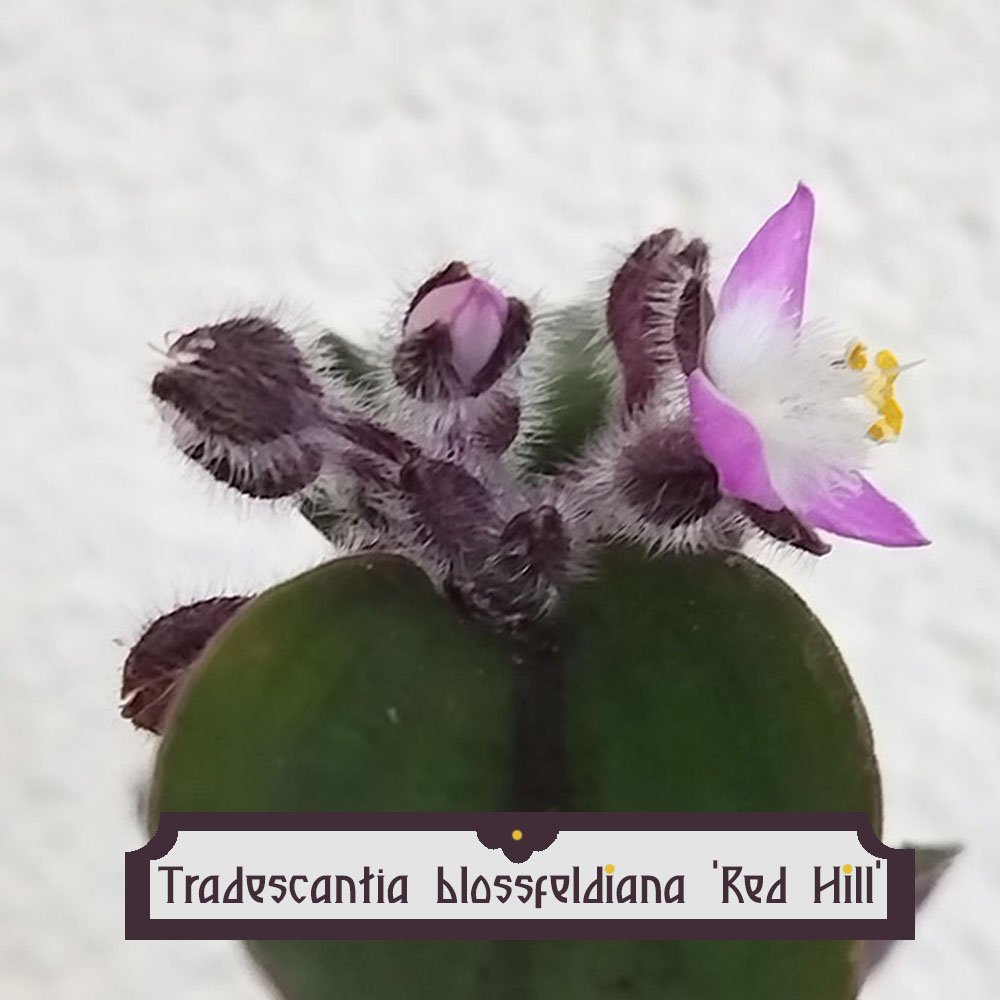
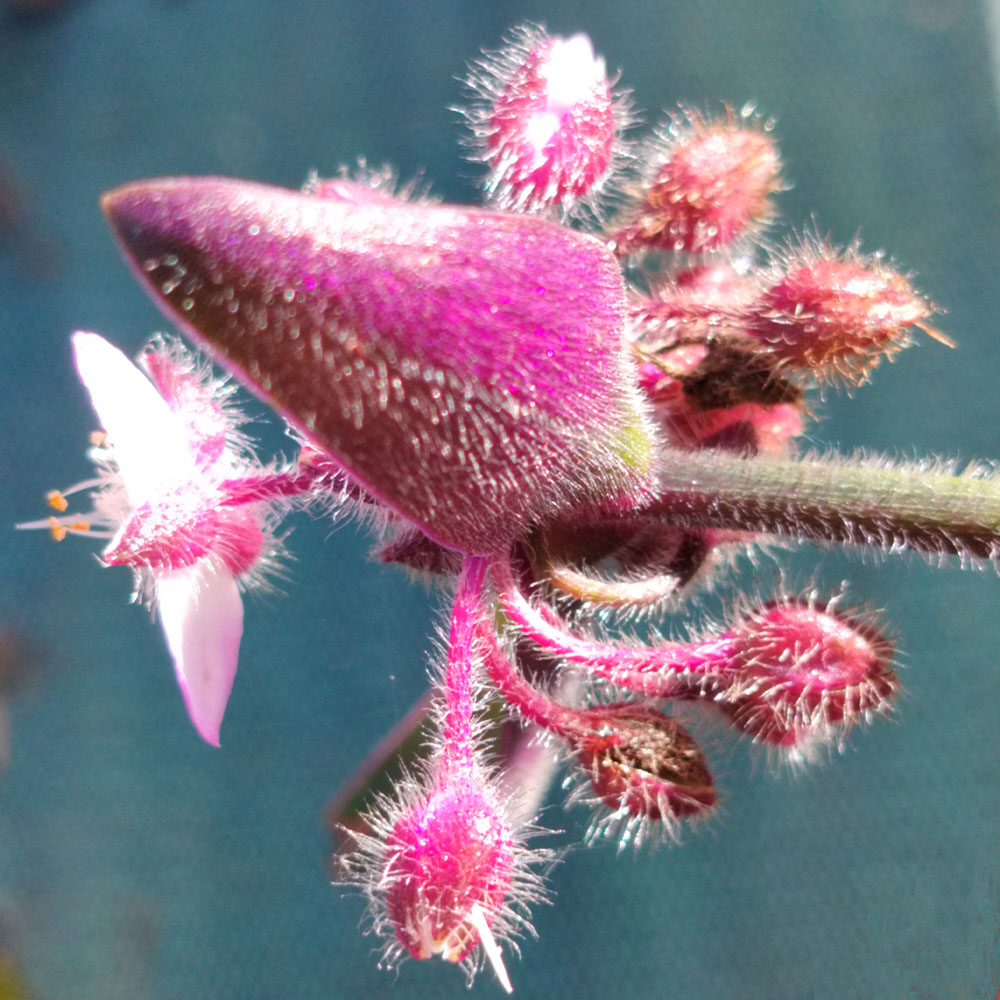
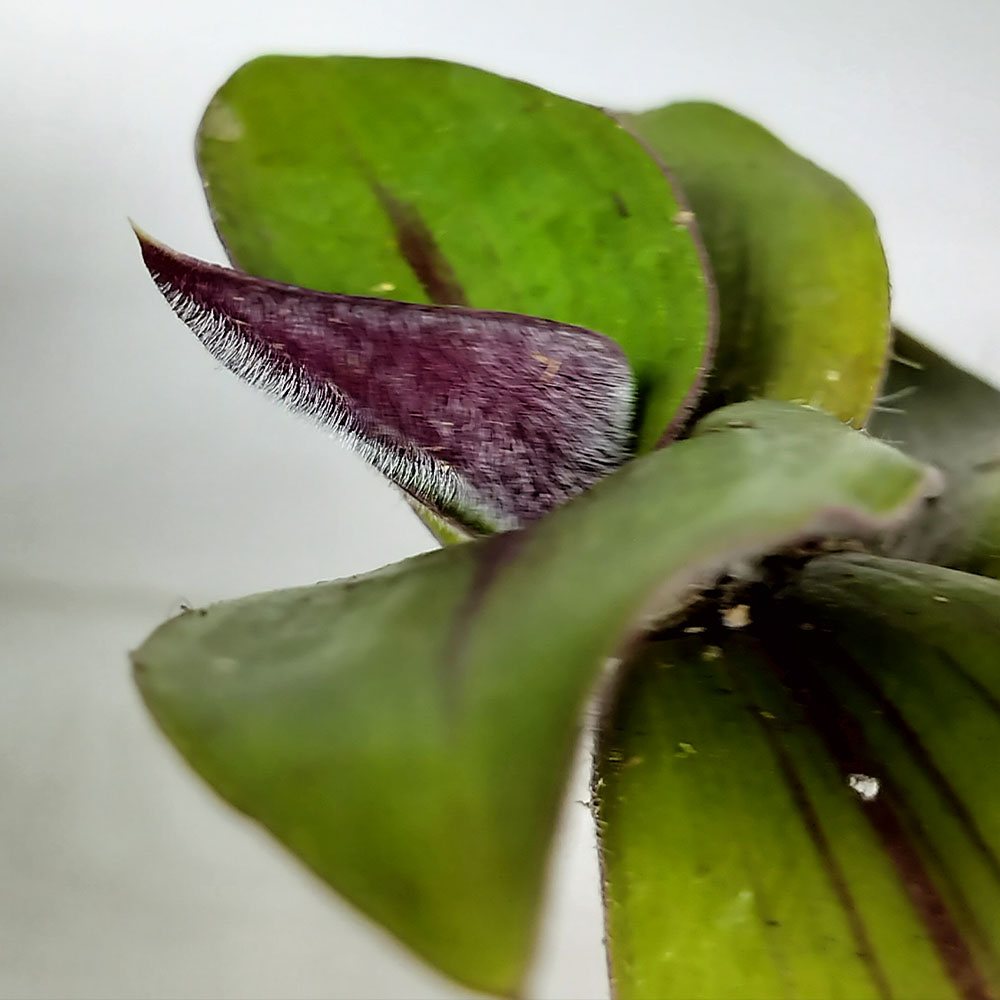
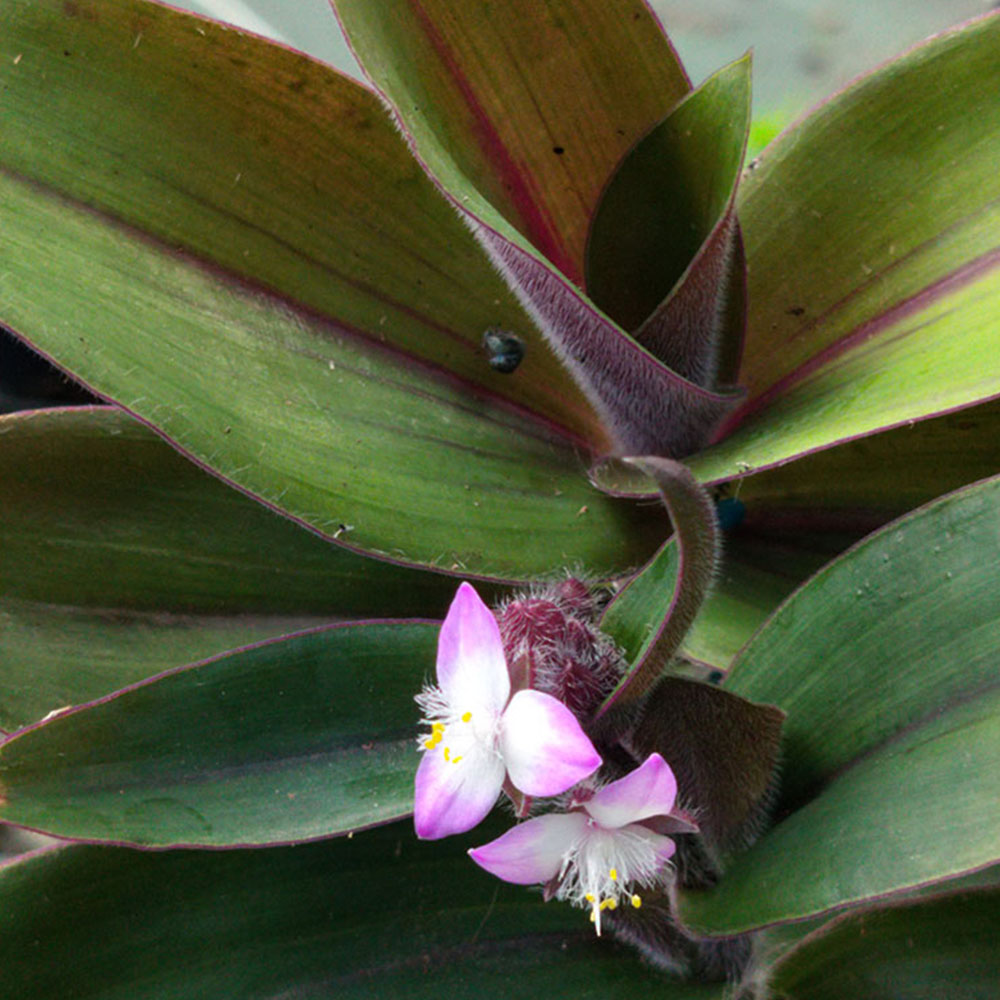
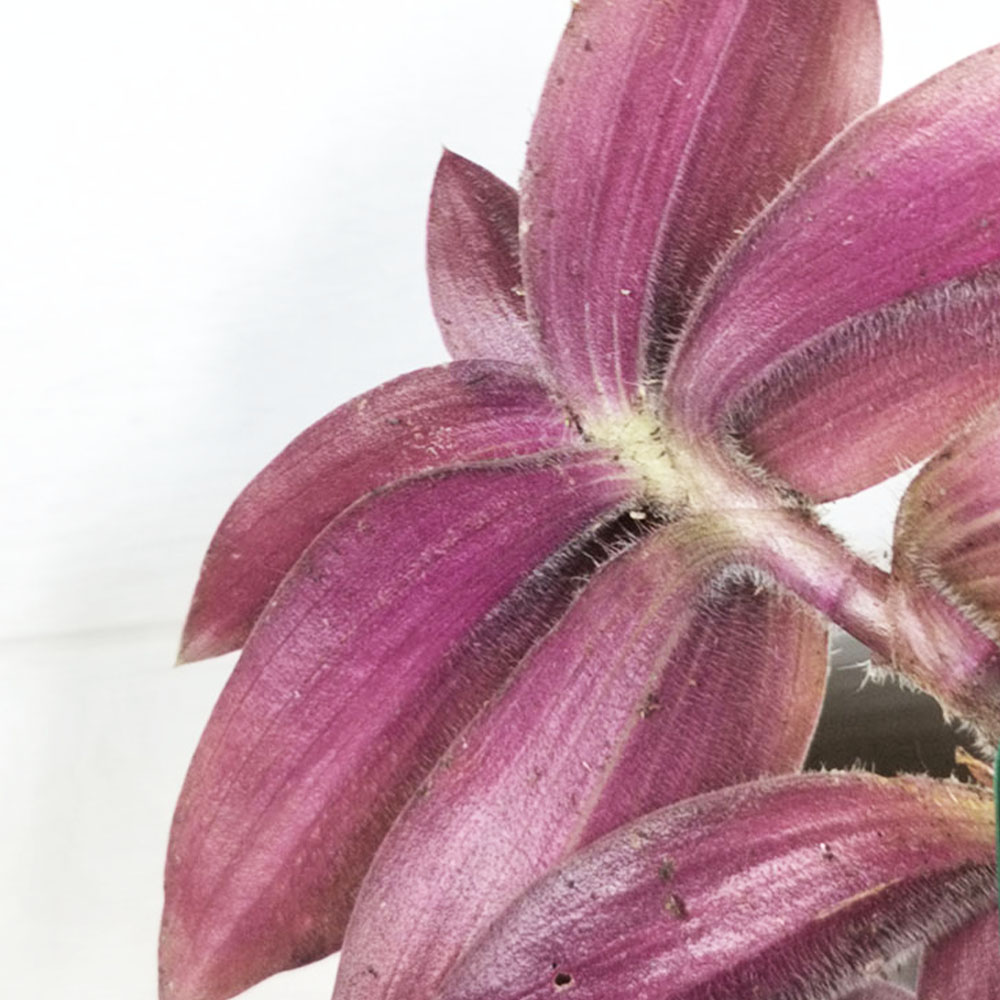
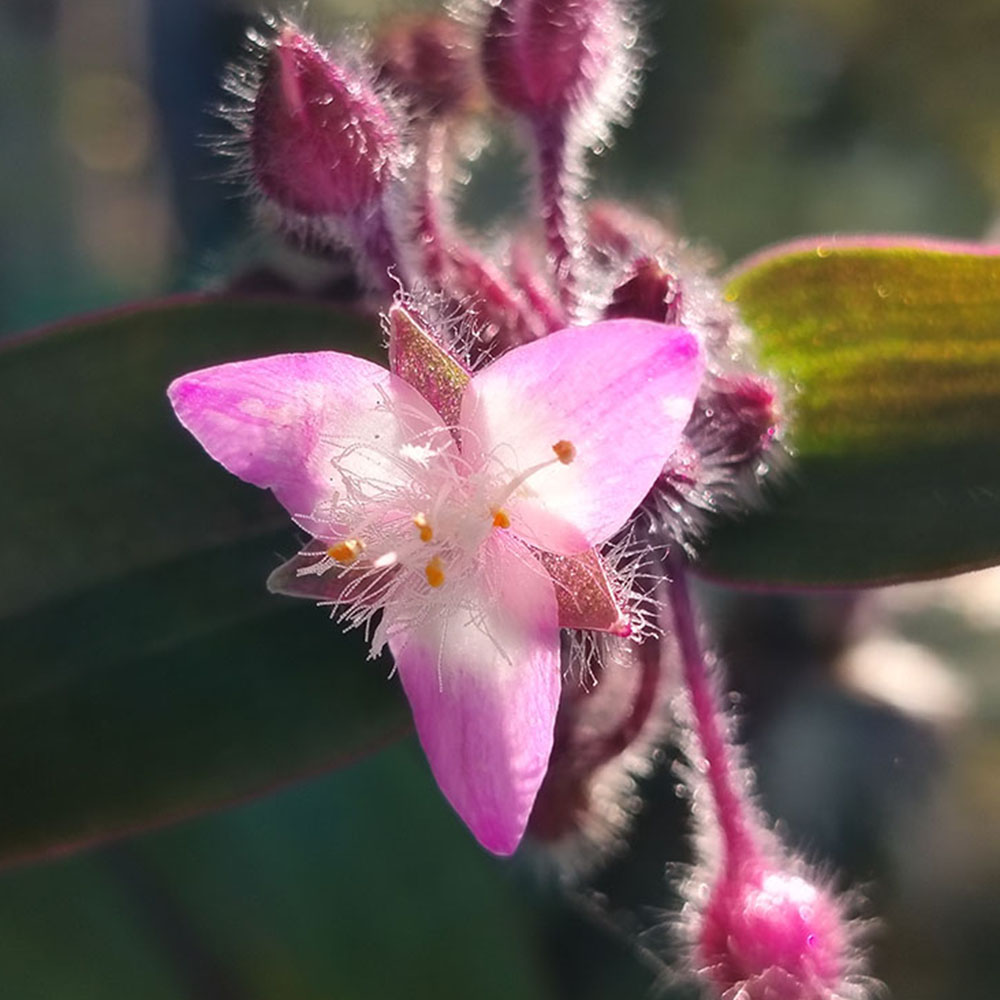
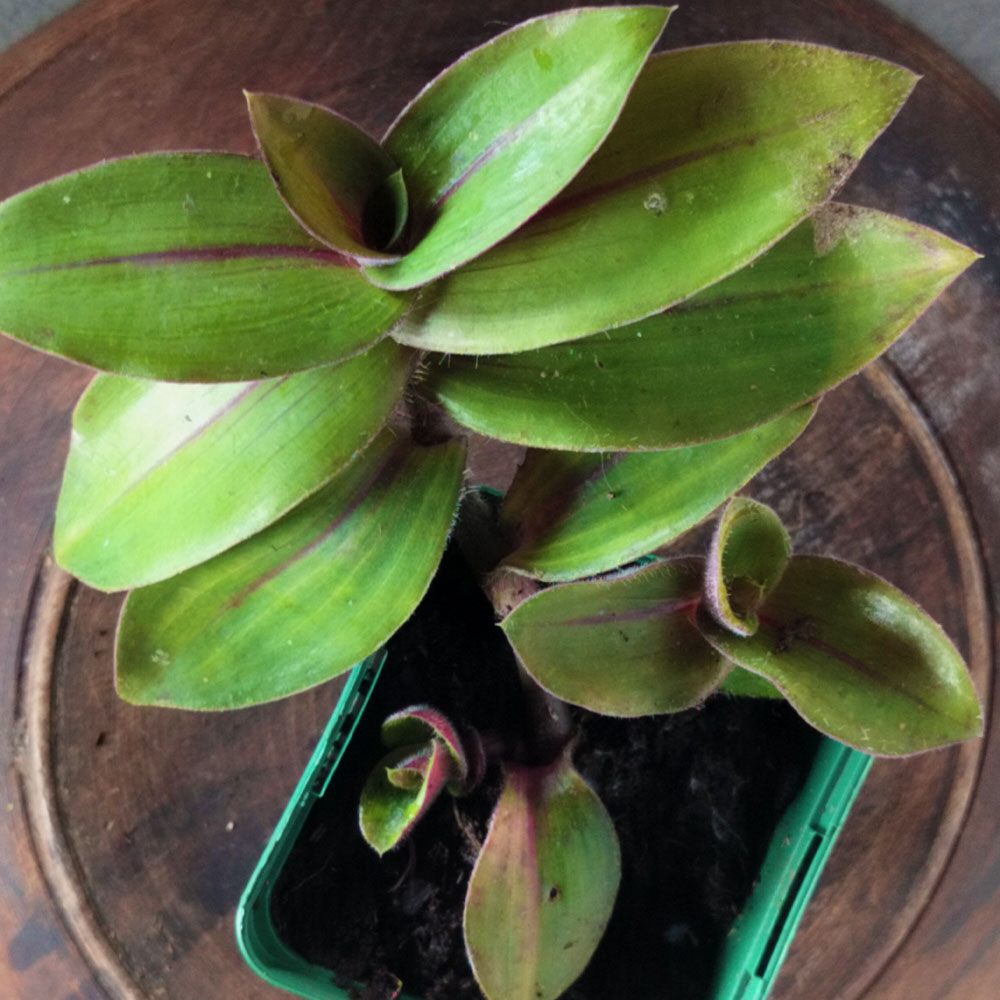
















































There are no reviews yet.